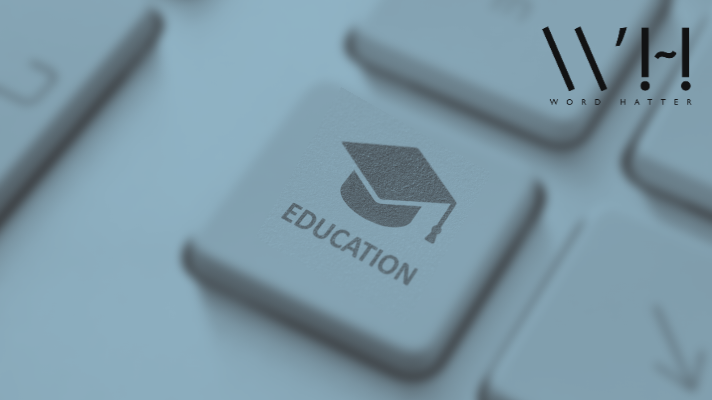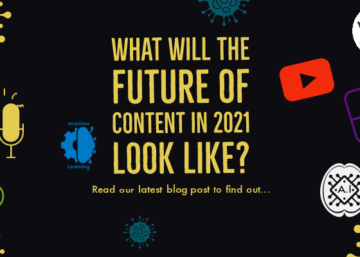Ed-tech and the Web 2.0 combine forces to take learning into the future.
What comes to your mind when we say ‘digital university’? Are you thinking of tangible elements such as digital whiteboards and high-tech ceiling projectors, electronic ID cards and fingerprint access? Or perhaps you’re more interested in the invisible aspects, the ones that do all the work, like cloud computing and blockchains, systems and applications? No matter what images your brain is conjuring up right now, we promise you that the world of digital universities is way more intricate and fascinating than you could possibly fathom!
We have witnessed a significant change in the way education is being designed and delivered. And this comes at the time of a world-wide pandemic, and major education reforms in our country such as the National Education Policy 2020. Given this current scenario, we thought we’d contribute to a very relevant conversation that is gaining swift momentum – digital universities.
Could you have ever imagined a world where one could stream lecture recordings from a mobile app!
While it’s not possible to summarise such a dynamic, revolutionary concept into one blog, Word Hatter has attempted to share some important pointers with you in a concise fashion. Read on, to know what the essence of a digital university is.
A Learning Environment That Inspires
What makes a digital university truly tick is its interactive, blended learning environment. Now, we don’t just mean the seamless connection between people and technology. We are also referring to the synergy between on-campus and off-campus learning techniques. The union between pedagogical innovations and personal fulfilment. The strategic mix of digital assets and tools, staff and resources. The synchrony between hardware and software. And within this collaborative virtual ecosystem, higher education is poised to reach newer heights, moulding students into thought-leaders of the future. At a time like this, building the right virtual learning environment is not just an aspiration but a necessity. Could you have ever imagined a world where one could stream lecture recordings from a mobile app!
A Curriculum That Enriches
Did you know that digital universities are unparalleled when it comes to designing and delivering content rich, insight-driven curriculums? Yes. it’s as easy as teachers tapping into a vast repository of student data on online learning platforms, and curating enriching lessons as per their unique findings. Now, teaching methodologies can be crafted according to specific needs and pre-determined goals. A variety of multi-media tools can be leveraged, so that stuffy theory is backed up with pictures, videos, infographics and animations. Student retention can be tested by conducting stimulating polls and quizzes. With such a high level of personalisation, the virtual classroom becomes a place of limitless opportunities. Picture sleek, smart boards and 3-D simulations!
A Skill Set That Empowers
Here’s something to ponder over. You might have the cutting-edge infrastructure and tools in place, but without the right skill sets to navigate it, a digital university becomes completely redundant. Think about it. A university is only as good as the people who constitute it. Which brings us to our next point– digital literacy. Right from the faculty and students to the administrators and parents, it’s imperative for all stakeholders to be able to explore and interact with the virtual learning platform efficiently. And digital universities, accomplish just this. With a click of a button, teachers are able to make speedy decisions, solve complex problems and take corrective action. With a swipe of a finger, students can enrol for classes, access their timetables and pay their fees! It’s all as easy as ABC.
A Platform That Unites
Unlike traditional universities, digital universities do not require the teacher and student to be present in the same location. And this poses a myriad of benefits. Students have access to quality education from the comforts of their homes, especially during an emergency situation like that of a pandemic. But beyond just the current circumstance, online learning bridges the geographical gap of education, widening its access and making it more inclusive and united. Academicians are equipped to learn from any place, at any given pace. Additionally, important peer-to-peer and student-teacher relationships can be built and nurtured via this forum. Did you ever think it possible for deep human connections to be created this way?
If reading this has made you even briefly consider signing up for an online certification course, we’ve done our job. As you can see, digital transformation is the natural way forward. It allows you to constantly learn, upskill and grow, despite the problems that prevail. While digitisation of higher education began as early as 2009, it’s only in the last few years that its applications are really being tested.
Do you have some perspectives you’d like to share? Write to us, and we’d be happy to discuss this over a virtual cuppa!



